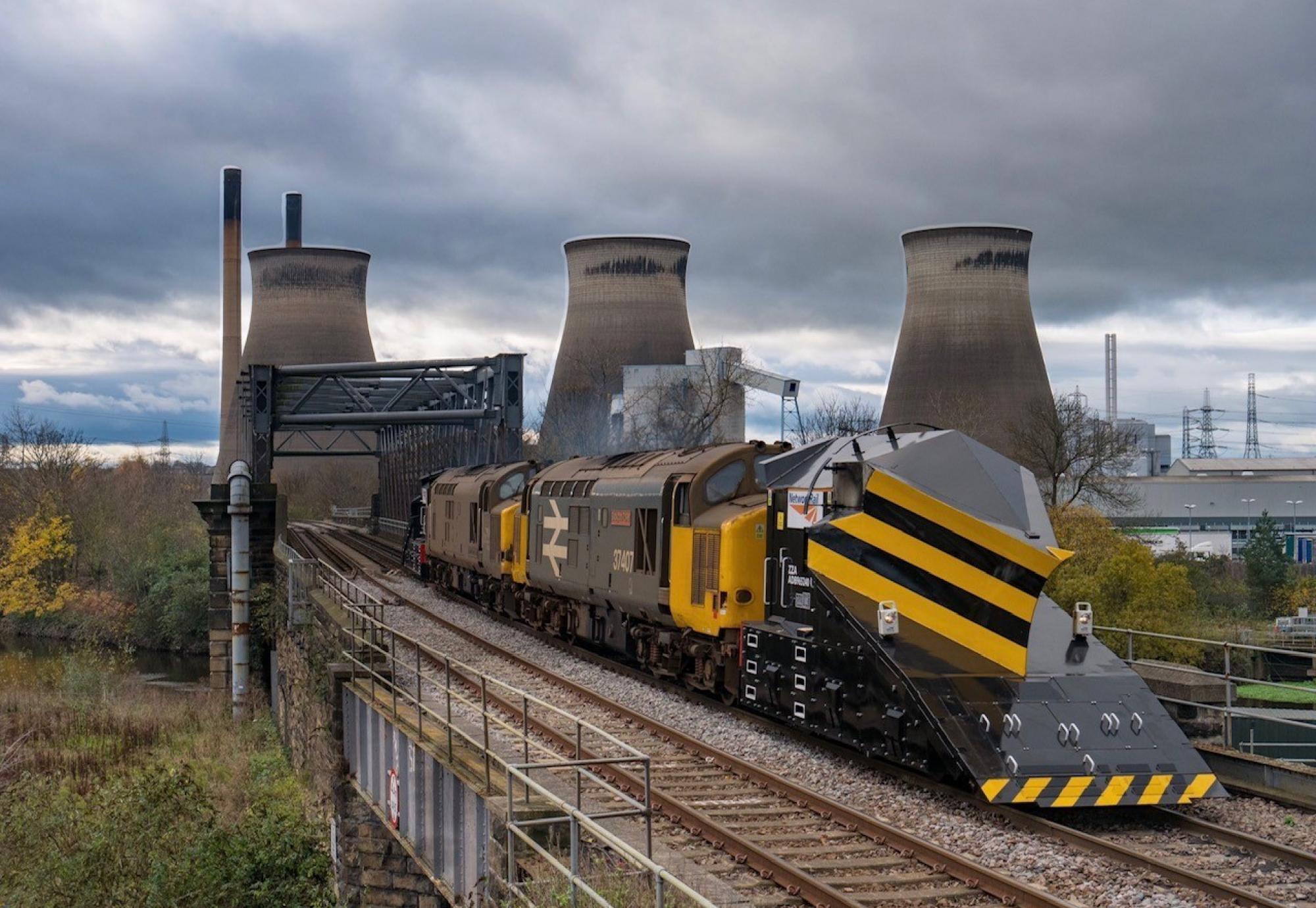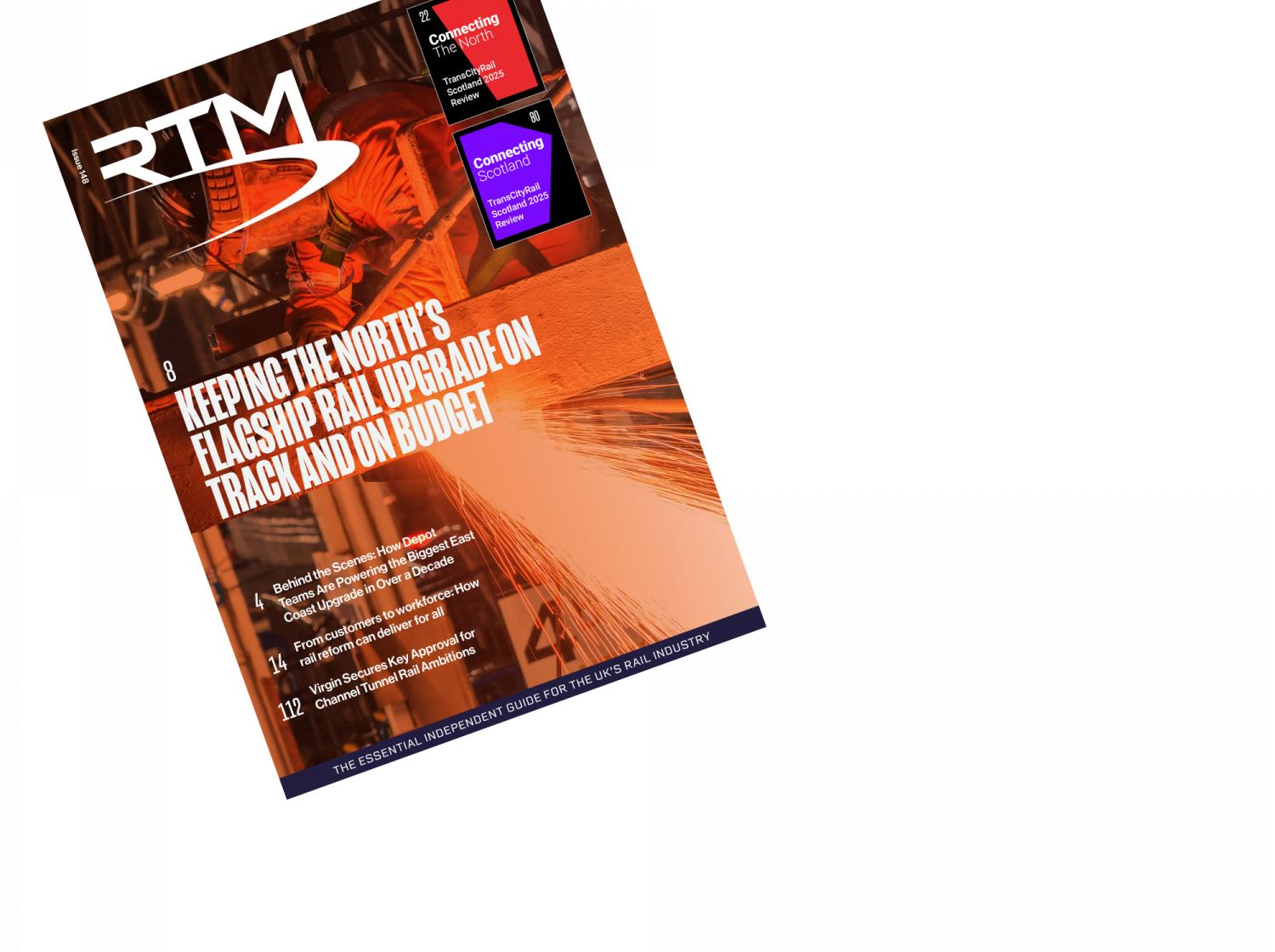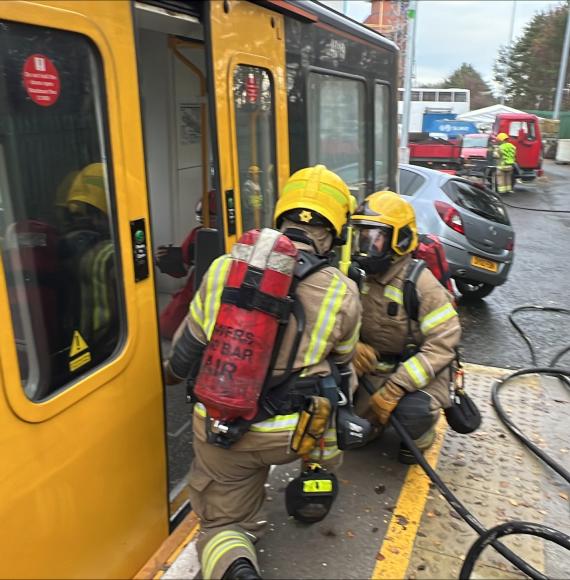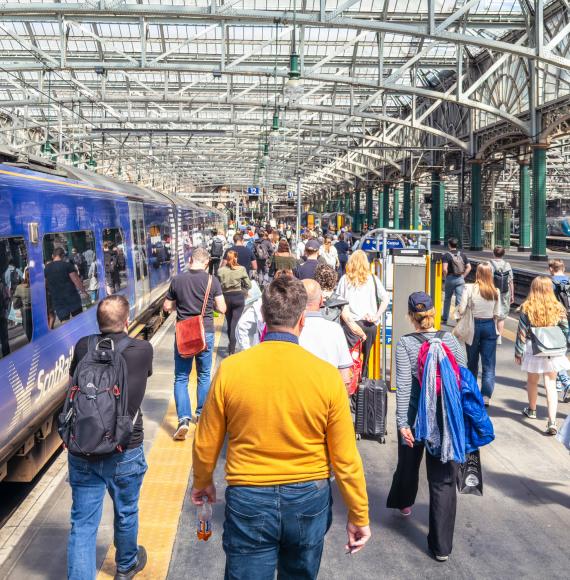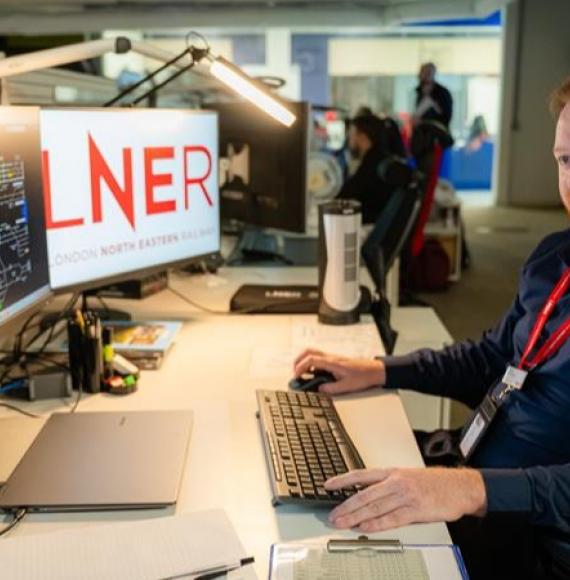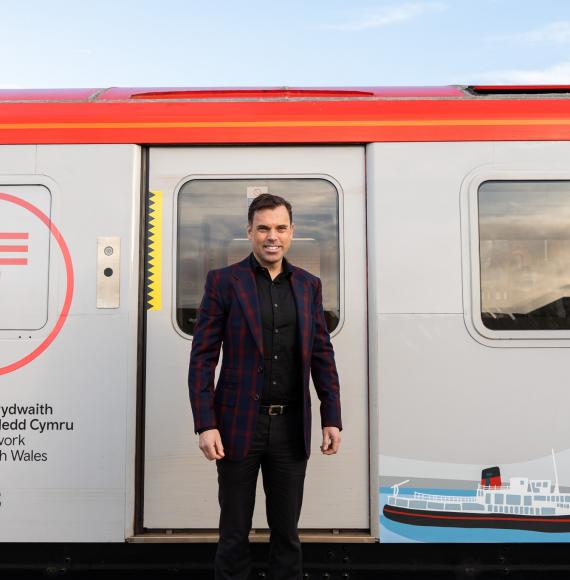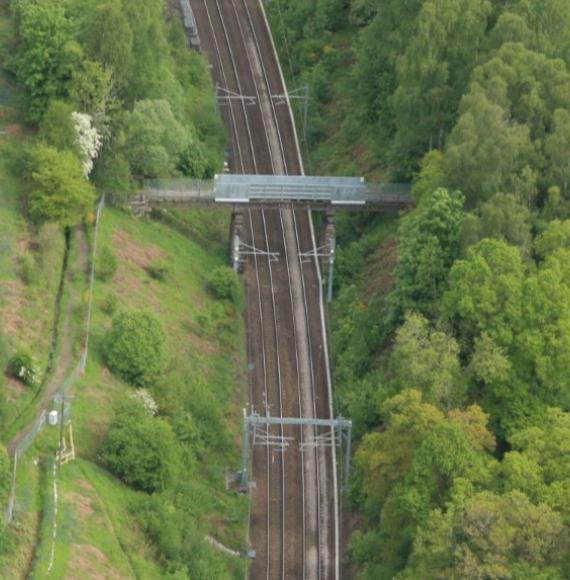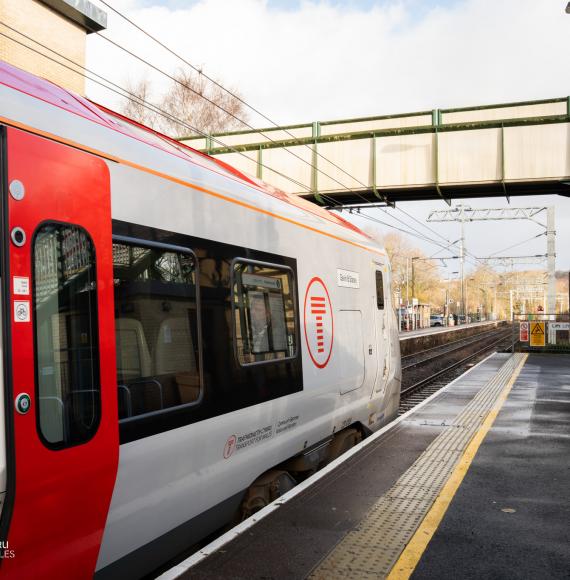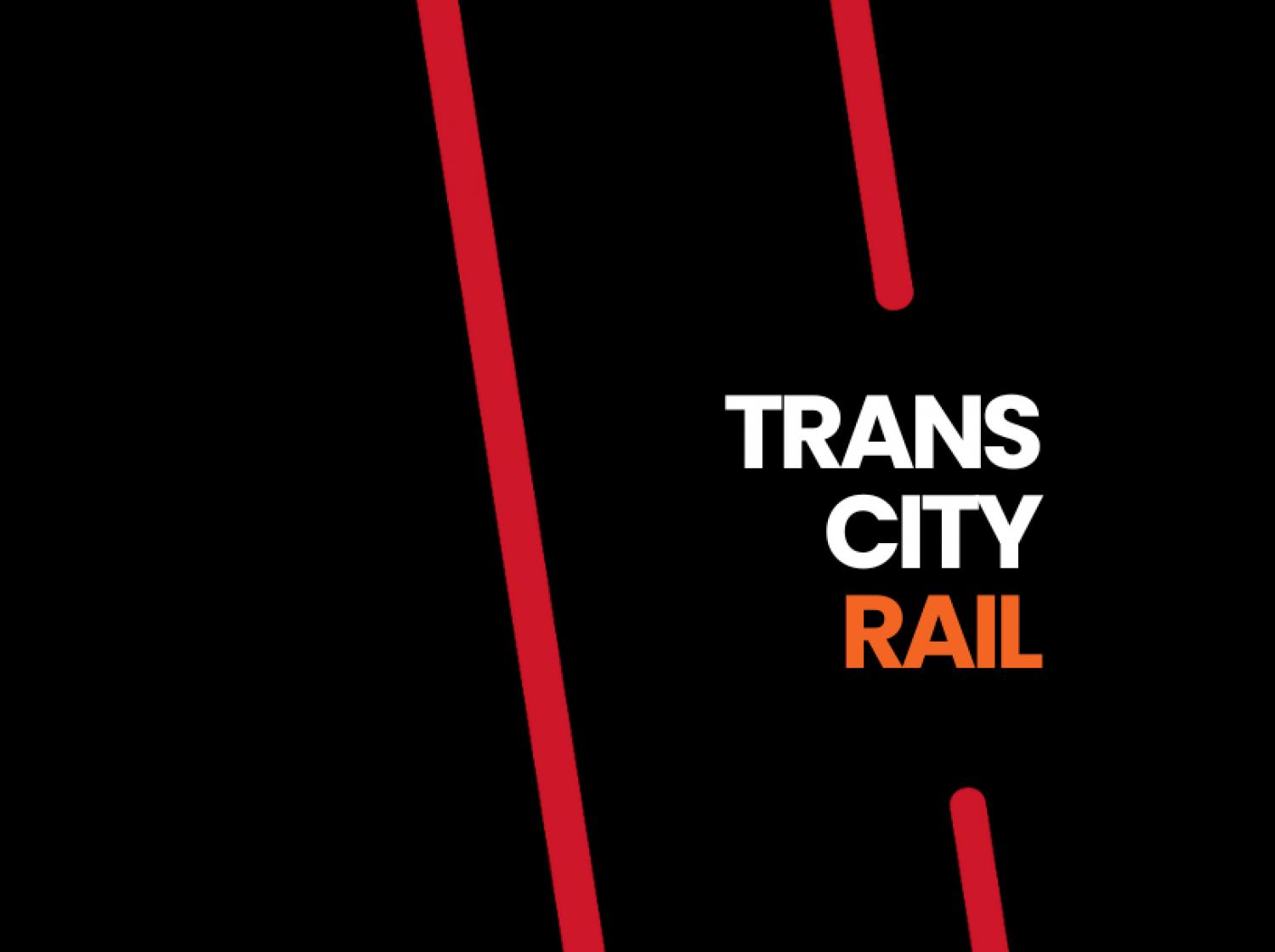The rail industry, like every form of public transport, will often have daily operations affected by seasonal changes in the weather. It is vital for the industry that weather patterns are able to be mapped, allowing mechanics and operators to react accordingly and dynamically to accommodate for the weather conditions, thus taking the necessary actions required to cause as little disruption to the train routes as possible.
Rail Technology Magazine recently sat down with Professor Brian Haddock, Head of Weather Resilience at Network Rail and David Rugman, Weather Resilience Delivery Specialist, Network Rail. The purpose of this interview was to discuss a potentially revolutionary system with ambitions to change how the industry tackles weather related issues. The Seasonal Agnostic Railway Model (SARM), designed by Professor John Beckford, looks to revolutionise how the UK rail industry anticipates and responds to weather events to maintain steady operations.
The current model that exists within the UK rail sector is a weather forecast provision through a Network Rail contract with Metdesk, which supplies the network with a weather service platform for rail industry staff. An example of this in action can be seen in conductor icing forecasting for the southern region, which monitors the conditions for operators to effectively make reactionary decisions for how these conditions will affect the train routes. This applies to each rail operating company control room within each of the five regions and the forecast covers all the weather parameters, in alignment with the nationally agreed thresholds. The core operational decisions are then made on a two-to-five-day forecast.
The two-to-five-day forecasted periods historically have developed in line with delivery units, which allows the operations and maintenance response teams to be allocated to specific areas, with the right equipment for the jobs required. The very nature of this forecasting demonstrates the intention of response and recovery; however, the development of the SARM prototype seeks to replace this mindset with one of predict and prevention.
SARM will initially acquire specific information about the forecast weather, asset (permanent way) specification and their maintenance in order to comprehend what conditions they are able to operate under. Conditions will then be monitored to determine how trains may be delayed in upcoming conditions and allow operators to plan for the future instead of taking the current reactionary approach.
Professor Haddock expanded upon this idea by outlining the lack of existing protocols within the industry to deal with weather forecasting:
“Currently, there is no route and there is no train operator with a plan for extreme weather that is validated by the central train planning team. So, there's nothing they can take off the shelf and say, this is our pre-planned plan that we could implement.”
“What this model will do, I think, probably way more important than coming up with the quantification for a timetable is actually getting people to think very differently about how we manage weather.”
The four questions required for SARM’s implementation:
1: What are the weather parameters at any given ‘time’?
2: Do those parameters exceed a performance threshold?
3: Is there a train service affected by that exceedance?
4: How many minutes delay will be imparted to the service?
As the model learns from experiencing weather events, seasonal and climate variations, these lessons can be reflected in the information that it provides the controls, thus determining the level of service possible. The model will also highlight the systemic vulnerabilities within each ORS (Operational Route Section) and will be able to measure the aggregated impact of these across the service group, informing asset engineers of where renewals and maintenance should be targeted to improve the experience of passengers and freight users. Future seasonal management will be informed by the aggregated service group risk and leading indicators between operators and the infrastructure owners can be developed to measure the continual reduction of impact each season has to the reliability of the network.
Currently the prototype model is being developed and tested using sections between Reading and Newbury on the Great Western Railway with input from technicians, route asset managers and engineers that own this part of the network. This is currently the initial phase of the prototype systems development and has been an ongoing phase since spring 2021.
If successful within certain parameters, this will hopefully lead into the second phase of the trial, which will see the systems expansion from the isolated western area, into a specific line of route. According to Professor Beckford, this route is likely to be the Paddington to Penzance line. The expansion of the model will be dependent upon the upcoming results from the initial phase and will require the accruement of funding through the Weather Resilience Task Force.
The first phase of SARMs implementation is still ongoing and the overall findings are pending release. Once these results have been published and evaluated, the planning for the second phase will commence, leading to a better understanding of how this system can be integrated into the existing weather forecasting protocols within the UK.

